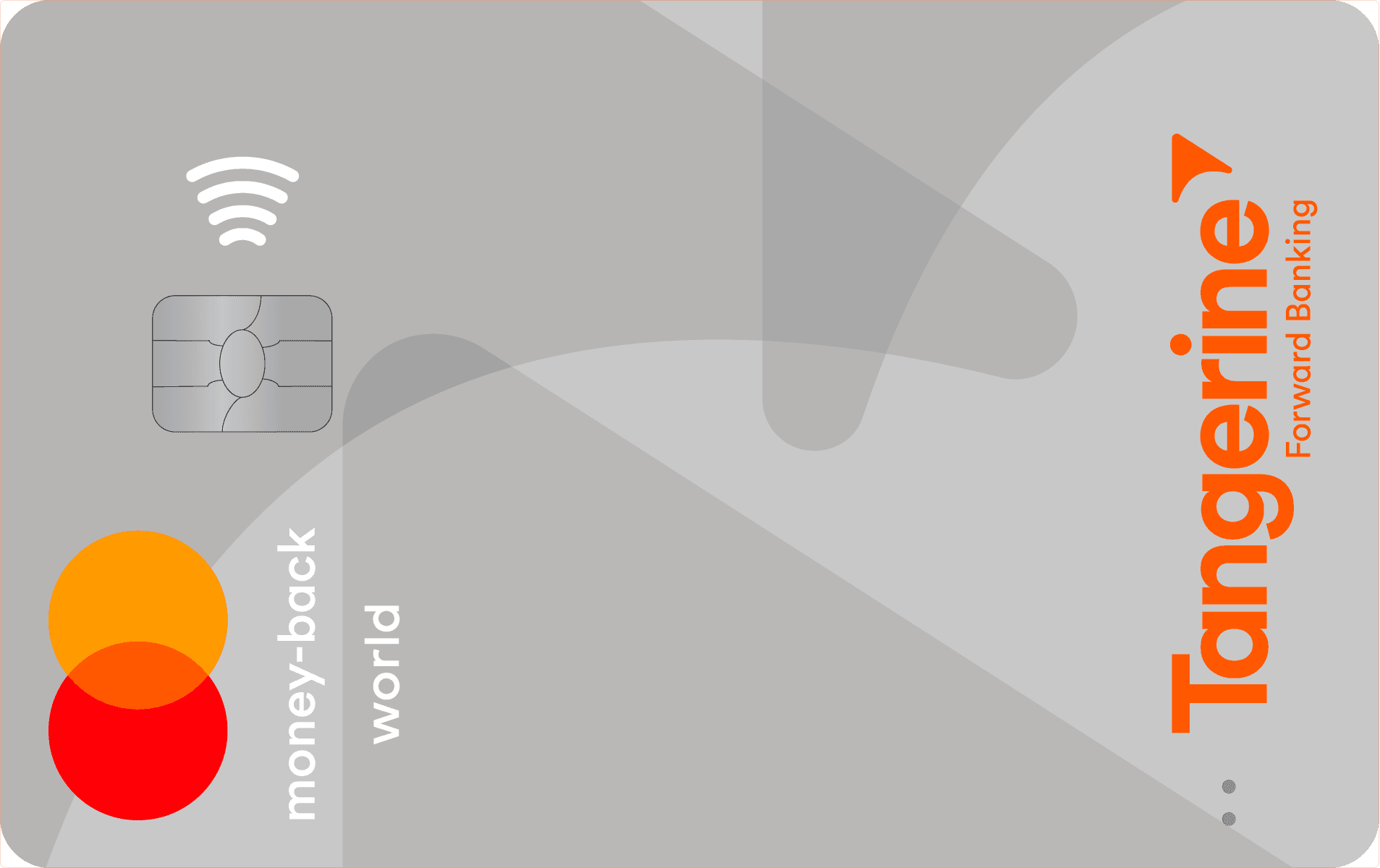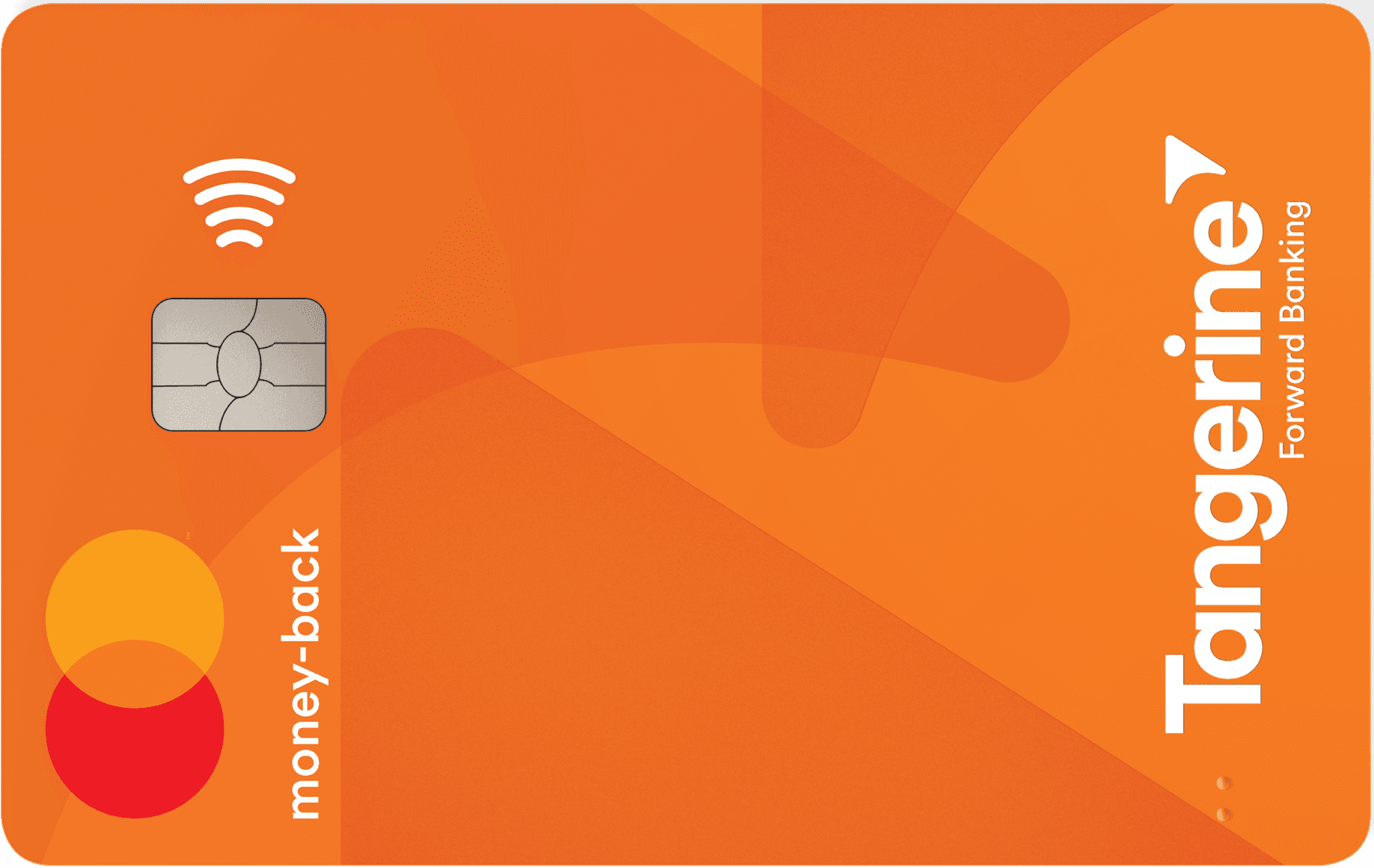Working hard in the background...
What Is a Bank Failure? (And What Does It Mean for Canadians)
Published Nov 22, 2025 3:43 PM • 5 min read
In the United States, we have seen the collapse of several financial institutions, including the Silicon Valley Bank in 2023, which shook public confidence. Recently, there have also been jitters in the American markets due to credit losses among regional lenders. It acts as a reminder that even stable-looking banks aren’t immune to failure.
So, how does Canada compare? Here, the “Big Six” banks are responsible for 94% of deposits. With a large majority of Canadians placing trust in just a few institutions, it’s natural to wonder: How safe is our money?
In this article, we’ll discuss this question, walking you through what a bank failure is and how it happens. We’ll also cover how the Canadian financial system works to prevent it.
What Is a Bank Failure?
A bank failure occurs when a financial institution can’t meet its obligations to depositors and creditors. In these cases, the institution can no longer process withdrawal requests and is essentially insolvent.
When this happens, regulators step in. In Canada, this responsibility falls on the Office of the Superintendent of Financial Institutions (OSFI) and the Canadian Deposit Insurance Corporation (CDIC). The OSFI acts “as Canada’s financial regulator,” while the CDIC offers financial protection in the event of a failure. Combined, these two entities take control of failing institutions, extending protection for insured deposits. They will also close the bank and arrange for another institution to assume control of the affected assets. The main goal here is to prevent public panic and reassure customers of the financial institution that they can regain access to their money as quickly as possible.
It is important to note that not every financial scare is a true bank failure. Sometimes, banks face a temporary liquidity issue, but this is not a failure of the institution. These issues get solved through emergency funding instead. It differs from insolvency, where the bank’s assets are actually worth less than what they owe.
Why Banks Fail
A bank doesn’t just collapse overnight. A failure is almost always the result of problems that have built up over time. When these issues accumulate, even large financial institutions can find themselves in trouble.
One cause is mismatched assets and liabilities. Banks lend money funded by short-term deposits. When too many depositors want their money back at the same time, it can trigger a bank run, which means that the bank doesn’t have enough liquid cash to pay withdrawals. Without intervention from regulators, the situation can spiral quickly.
Economic downturns can also act as a trigger for a bank failure as they often expose problems that go unnoticed during a period of growth. During an economic slump, assets tend to fall sharply in value at the same time as defaults rise. This, combined with tighter credit conditions, can squeeze a bank’s balance sheet.
This scenario may be the result of poor risk management, which overexposes the bank to bad loans or interest rate risk, or because of a recession. Or it may be due to a sharp decline in the bank’s asset values. Essentially, there are different reasons why a bank fails. Ultimately, it comes down to taking on too much risk, suffering major losses, or experiencing a rapid withdrawal of cash, resulting in a sudden decline in depositor confidence.
What Happens When a Bank Fails in Canada?
Fortunately, bank failures are rare in Canada. Not only do we have strong federal regulations, but also conservative lending practices. For example, domestic banks face stricter liquidity and capital requirements enforced by the OSFI. They must hold sufficient reserves and undergo regular stress tests to ensure they can withstand market shocks. These safeguards mean that Canadian bank failures are infrequent, but they do happen.
So, what exactly happens if a bank fails in Canada?
The first step is regulatory intervention. The OSFI closely monitors all federally regulated banks. If they determine that a bank is no longer solvent, they will step in and coordinate a response. Should the bank be beyond rescuing, its operations get closed and the OSFI determines non-viability. This means transferring authority of the bank to the CDIC, which acts as the official resolution authority. It will either close the bank or get another institution to take control of the assets and liabilities.
In the event of a bank failure, the CDIC automatically protects insured deposits, and quickly, too. Canadians with eligible deposits (up to $100,000 per insured category per institution) will often get access to their money within a matter of days. Uninsured deposits, though, may take longer to recover, and there is a risk of partial recovery only.
How Canada Protects Your Money
Now, you may be wondering how to apply for CDIC coverage. The good news is that you don’t need to. Provided you are banking with a CDIC member institution, you will get enrolled automatically. No additional paperwork. No extra costs.
The CDIC protects up to $100,000 per insured category, per institution. Coverage through CDIC is applicable for eligible Canadian and foreign currency deposits. Guaranteed Investment Certificates (GICs) and other term deposits are also covered. The CDIC will also pay you these funds without requiring you to file a claim.
CDIC coverage doesn’t apply to everything, though. In fact, the following products are not eligible for protection in Canada:
- Stocks
- Exchange Traded Funds (ETFs)
- Bonds
- Mutual funds
- Cryptocurrencies
Could a Bank Failure Happen in Canada?
Failures can, and have, happened in Canada. Although technically not a bank, the Security Home Mortgage Corporation went under in 1996. Thankfully, the financial institution had help from the CDIC, which offered coverage on deposits of $60,000 per insured category at that time.
That said, this situation is rare in Canada as financial institutions are subject to rigorous rules, with the major banks needing to meet additional requirements. This is because they are deemed “systemically important” to the country. Because of this, they are subject to stress testing, capital adequacy rules, and liquidity coverage ratios under OSFI supervision.
These provisions ultimately help to support Canada’s banking system and provide confidence to depositors. This is why, according to the Bank of Canada’s 2025 Financial Stability Report, “Canadian banks remain well positioned to support the financial system and the broader economy, even through a period of financial stress… They also continue to hold sufficient liquidity to meet their short-term obligations.”
What Canadians Can Do to Protect Themselves
It’s essential to be proactive about your financial safety even though bank failures are rare in Canada. Consider the following:
- Keep your deposits within the CDIC limits of $100,000 per category (per institution)
- Confirm that your bank and/or online institution is a CDIC member or has provincial deposit insurance
- If you are holding large sums, diversify between financial institutions to expand your CDIC coverage
- Maintain emergency savings and build a money saving plan to help you avoid panicking during market stress
While the risk of a bank failure in Canada is low, it is never zero. Understanding how protections work empowers you and allows you to take steps to safeguard your finances.
Frequently Asked Questions
In short, kind of. Both the Canadian Commercial Bank and Northland Bank collapsed most recently, in 1985. The CDIC also resolved a few smaller member failures, including the Security Home Mortgage Corporation in 1996, though they were trust and loan companies and not technically banks. Since then, though, tighter regulations have prevented further failures.
If your bank is a CDIC member, your eligible deposits up to $100,000 per insured category are protected. There are specific exclusions, though.
No, provincially regulated credit unions fall under provincial deposit insurance programs. While not the same as CDIC, these programs offer similar protection levels. This helps to offset the greater risk that credit unions can face.
Online banks can fail just like any other financial institution, but most are CDIC members. As a best practice, always confirm membership before depositing large sums.
Trending Offers

MBNA Rewards World Elite® Mastercard®

Tangerine® Money-Back World Mastercard®*

Tangerine Money-Back Mastercard

Scotiabank Gold American Express® Card
About the author

Lauren Brown
Editor
Lauren is a freelance copywriter with over a decade of experience in wealth management and financial planning. She has a Bachelor of Business Administration degree in finance and is a CFA charterholde...
SEE FULL BIOAbout the editor

Sara Skodak
Lead Writer
Since graduating from the University of Western Ontario, Sara has built a diverse writing portfolio, covering topics in the travel, business, and wellness sectors. As a self-started freelance content ...
SEE FULL BIO